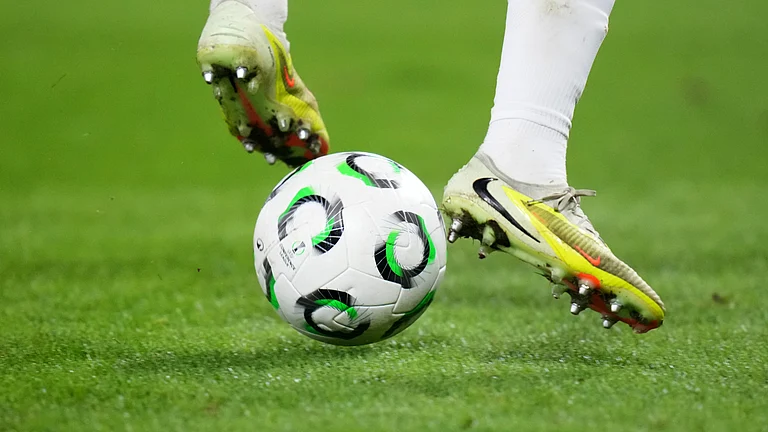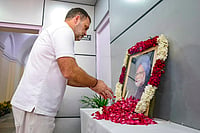After telecom, power and the world wide web, its now the turn of airlines to touch down on convergence. And the latest corporate to be bitten by this bug is Lufthansa. Early next year, the Frankfurt airport hub of the German international carrier will be linked to the high-speed ice network of German Rail. And then inter-modal transport on a commercial scale would have truly arrived.
Chances are others may follow the leader of the pack. According to Lufthansas Peter Schober, the economics and logic of such an arrangement make perfect sense and it could well turn out to be a trendsetter in the global transport sector. "Theres a growing realisation that long-haul air routes are more viable than short ones. You could well have high-speed trains on shorter routes," explains Schober, the brain behind the swanky Lufthansa pavilion at Expo 2000.
The grand exhibition, open in Hanover from June 1 to October 31, 2000, expects 40 million visitors before it draws to a close. The largest ever of its kind-the first "Great Exhibition was held in Londons Crystal palace in 1851-this show has attracted participants from 179 countries. And its focus is not on abstract but applied technology. "This World Expo will not be a showcase for technical superlatives," claims Birgit Bruel, commissioner general of Expo 2000.
One of the highlights of the Expo is the Indian pavilion, a runaway hit with German visitors. A clutch of Indian Trade Promotion Organisation officials led by .K. Sehgal are at hand to ensure that visitors are well-briefed on all items put up for display. And the range exhibited is extensive: the various ayurveda schools-from Keralas Kottakkal Aryavaidyashala to the Gujarat Ayurveda University in Jamnagar-are conspicuous by their presence. So are live yoga shows, dance performances and cultural programmes. If the response is any indication, Sehgal and his team have done well. But the exercise would have been even more effective if India had an official tourist presence here, what with Air-India withdrawing from these lucrative European routes a long time ago.
And Indias national carrier would do well to emulate Lufthansa. This networking of rail and air transport is to be realised next year, initially on the Stuttgart-Frankfurt sector. If the project takes off commercially, the ice rail services could replace the ultra-short-haul flights. While modalities of this arrangement between the company and German Rail are being worked out currently, indications are that a customer would be given a combined ticket that could be used for both air and train travel.
A passenger flying Lufthansa-its flights these days, incidentally, are packed with jet-setting Indians-on a long-haul flight to Frankfurt via Stuttgart would take the flight right till Stuttgart and from there would board the ice train bound for Frankfurt. His luggage would be checked in at the point of embarkation and would be returned to him at the end of the train journey. Explains Schober: "Such an alliance means better yields for the airlines and a hassle-free journey for the passenger." The carrier benefits from the arrangement because it drastically cuts airport handling and infrastructure costs for short-haul flights and the airliner is at liberty to release surplus aircraft for long-haul and more profitable trunk routes.
Lufthansa isnt just talking money. The national carrier is also doing its bit to reconstruct Germany. As one company official explains: "In our motto-together in a moving world-lies the notion that partnership among all players in the transport industry is the only way to master the challenges of sustainable mobility. " Towards this end, Lufthansa has joined forces with Deutsche Bahn, bmw and man in what they call an Alliance of Mobility to "demonstrate the benefits of cooperation in transportation".
Lufthansa, which has put in about $15 million to make the Expo a success, is also involved in the International Living Lakes Partnership. A project floated by the Global Nature Fund and Deutsche Umwelthilfe, Living Lakes is designed to further international partnership to conserve drinking water reserves. The project has taken off with four lakes: Mono Lake in the US, Lake Constance in Europe, St Lucia Lake in South Africa and Lake Biwa in Japan.
But the force propelling the giant carriers lift-off is convergence. This corporate mantra is central to the carriers plans of redefining air travel by slashing costs. Is India.gov listening?

























